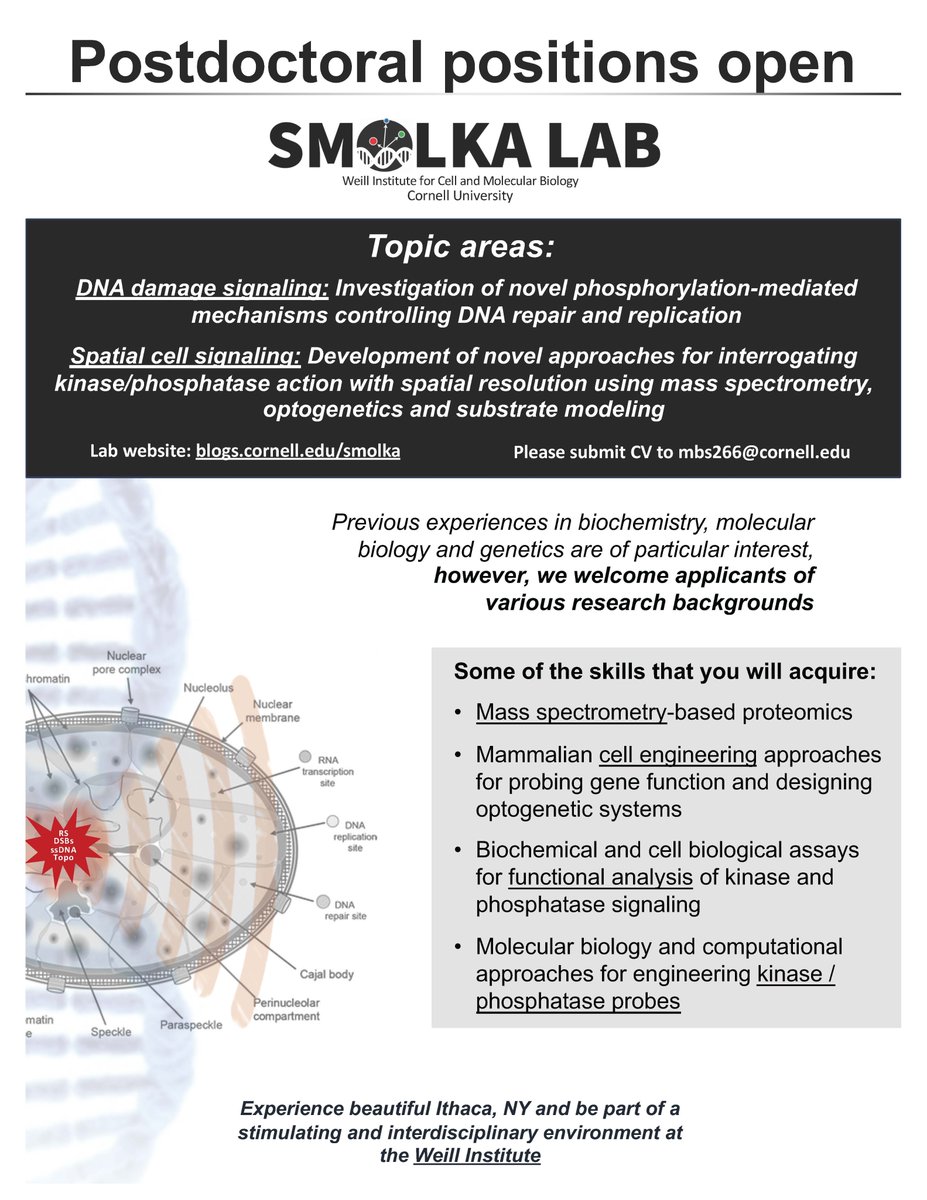
Mateusz Wagner
@mateuszmwagner
Ph.D. candidate in Smolka Lab; Weill Institute for Cell and Molecular Biology at Cornell University.
I have no idea what I'm doing.
ID: 1609676312662138880
01-01-2023 22:22:21
5 Tweet
10 Followers
17 Following





Thrilled to share our latest story Nature Cell Biology on a new way to control protein localization without exogenous triggers (e.g., light/rapamycin)—take advantage of endogenous triggers in dividing cells! Free link: rdcu.be/dSlrS Regular link: nature.com/articles/s4155… 1/4



